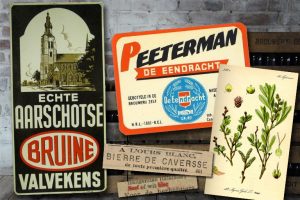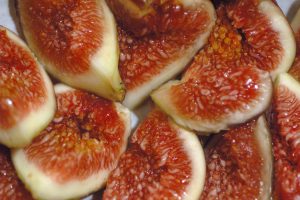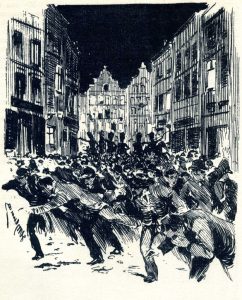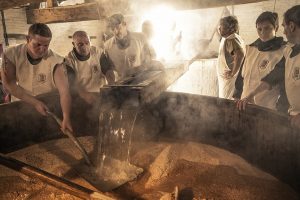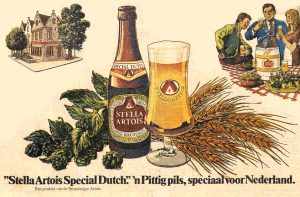Flemish brown, red or red brown? How Michael Jackson invented a beer style out of thin air
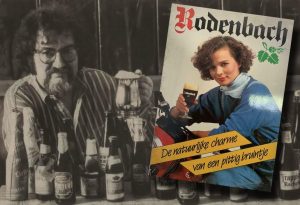 Lately, I’ve been trying to make more sense of the history of the sour beers of Flanders, more specifically the ones found in today’s provinces of East and West Flanders.[1] These beers include well-known masterpieces of brewing, such as Rodenbach, Duchesse de Bourgogne, Liefmans Goudenband and others. Unfortunately, not a lot has been written about the history of these beers. For one thing, it’s very hard to find anything that resembles aged sour beers in Flanders prior to about 1850 (if you leave out the myth that somehow the Scheldt river is a Medieval boundary between the sour beers of Flanders and those of the rest of the country, which is utter fabricated nonsense).
Lately, I’ve been trying to make more sense of the history of the sour beers of Flanders, more specifically the ones found in today’s provinces of East and West Flanders.[1] These beers include well-known masterpieces of brewing, such as Rodenbach, Duchesse de Bourgogne, Liefmans Goudenband and others. Unfortunately, not a lot has been written about the history of these beers. For one thing, it’s very hard to find anything that resembles aged sour beers in Flanders prior to about 1850 (if you leave out the myth that somehow the Scheldt river is a Medieval boundary between the sour beers of Flanders and those of the rest of the country, which is utter fabricated nonsense).





